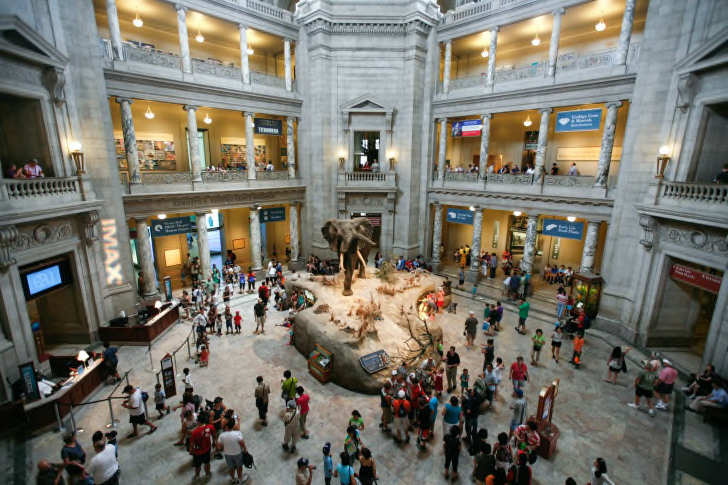Alexander Stanfield, West Coast Editor (USA)

If I were to ask you, what is a museum, no matter what your answer is, the more pressing inquiry is what is the function of a museum? What role or responsibility does a museum have to the community it engages with mentally or emotionally?
The actual definition of ‘museum’ is more complicated than it may seem. According to the International Council of Museums (ICOM), a global collective of over 40,000 professionals and 20,000 institutions, the most recent proposed definition is as follows:
“Museums are democratizing, inclusive and polyphonic spaces for critical dialogue about the pasts and the futures. Acknowledging and addressing the conflicts and challenges of the present, they hold artefacts and specimens in trust for society, safeguard diverse memories for future generations and guarantee equal rights and equal access to heritage for all people. Museums are not for profit. They are participatory and transparent, and work in active partnership with and for diverse communities to collect, preserve, research, interpret, exhibit, and enhance understandings of the world, aiming to contribute to human dignity and social justice, global equality and planetary wellbeing.” (Executive Board of ICOM July 2019).
The vote on what the new definition should be was postponed at ICOM’s September, 2019 Tokyo assembly. The important takeaway from the proposed definition is that a museum has many functions and responsibilities that are dependent on its collection, staff, patrons, and guests. The issue with this most recent proposal is, while equal access is mentioned, accessibility is not. A museum needs to make its collection accessible to those who can be physically present, and those who cannot. The current COVID pandemic has proven that when most museums are forced to close their doors, their collections are closed off too. Several prominent museums have adapted quickly to this drastic change. The National Gallery in London, The Smithsonian, and the Rijksmuseum in Amsterdam are a few great examples of how an institution can utilize platforms like Instagram and Facebook and what an interactive, open platform website can achieve. As an avid museum goer, it is great to access these collections via a well-constructed and user friendly website until I can walk through their doors once again.

What this pandemic has shown is how necessary an up-to-date and interactive digital collection is for would-be museum goers. To be a truly all-inclusive institution, a post–COVID museum should allow those who cannot physically be present access to their collections via virtual tours, high quality images, lecture and discussion videos, etc. There are so many ways to engage with a museum audience via a digital and online platform. Despite the turmoil and uncertainty right now, it is the perfect time to redefine what a museum can be, what defines it and what it can provide as an institution.
Volume 34 no 5 May / June 2020
